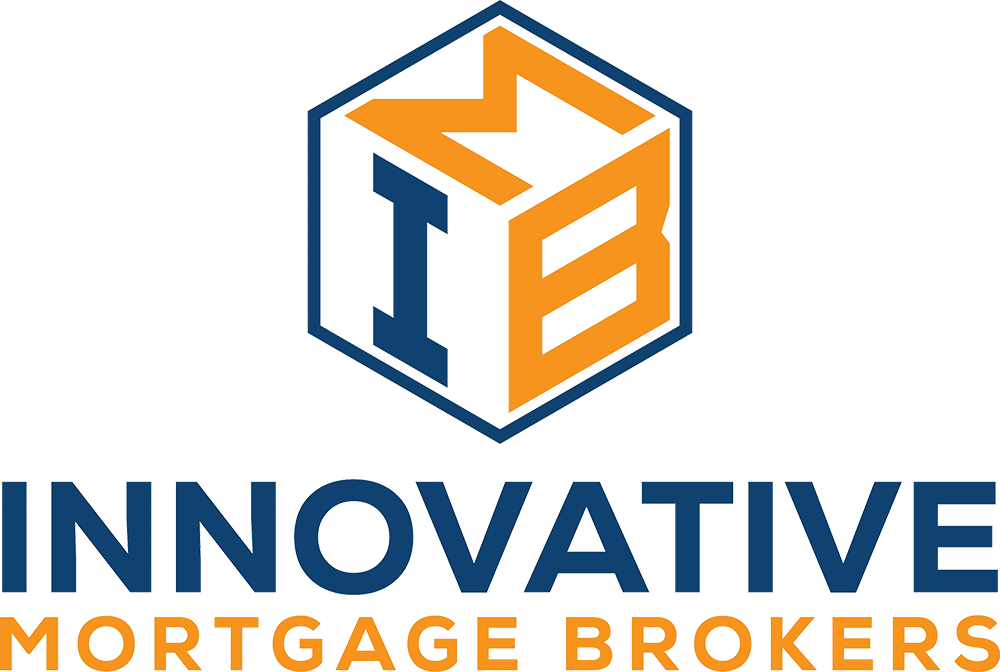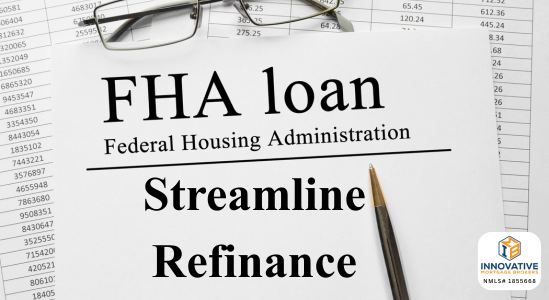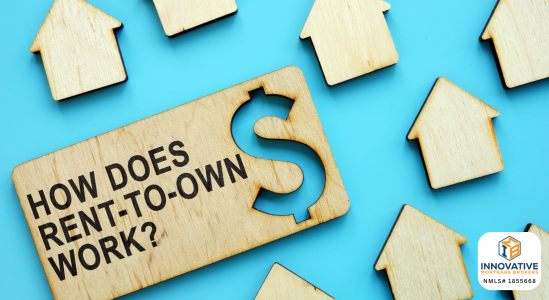Turning Rent into Equity Rent-to-own can work, but only when the paperwork is airtight. Lenders…
FHA Streamline Refinance Explained
FHA streamline basics with competitive rates and simple steps
If you already have an FHA loan on your primary home, the FHA Streamline Refinance is the least fussy path to a lower payment. It keeps the same loan type, often skips the appraisal, and trims the paperwork so you can focus on results instead of chasing documents. Below is a walkthrough of how it works, what to watch, and how we guide you through this process in Pennsylvania and Florida.
What the FHA Streamline actually is
A streamline is an FHA to FHA refinance built for speed and simplicity. Because the loan is already insured by FHA, the new lender can rely on that insurance and does not need to re‑prove everything about your property and income. In most cases there is no appraisal. Income documentation is lighter. Credit is still reviewed, but the emphasis is on whether the new loan gives you a real benefit, not on re‑underwriting your life from scratch.
That real benefit is called a net tangible benefit. In practice it means your total monthly cost goes down in a meaningful way, you switch from an adjustable to a fixed rate, or you shorten the term in a way FHA allows. No cash out is permitted on a streamline.
Who usually qualifies
You need an existing FHA loan on a home you live in. At least six on‑time payments must be made, and 210 days must have passed since the first payment on your current loan. A recent late payment can push the start date back. We verify the timeline up front so there are no surprises later.
The lender will look at your recent payment history and pull credit. FHA does not set a minimum score for streamlines, but lenders use credit to price the loan and to confirm you are on solid footing. If there has been a major change in income or employment, we talk it through and pick the best path.
Why streamlines feel faster
Two things save time. First, no appraisal in most cases. That removes scheduling delays and the risk that a low value upsets your plan. Second, documentation is focused. Lenders often verify employment and request a short list of items rather than full list. You still sign standard disclosures and your new loan will set up a fresh escrow account, but the overall process is lighter than a normal refinance.
Mortgage insurance and the UFMIP refund
FHA loans include an upfront mortgage insurance premium and a monthly premium. On a streamline, you may receive a partial refund of the upfront premium you paid on the current loan if you refinance within the first three years. The refund declines each month, which is why timing matters. We calculate the remaining refund and show how it offsets your new costs. Your monthly MIP is recalculated based on the new balance and term, which we include in every side by side so you see the full payment picture.
Cost structure without the mystery
Every refinance has closing costs. A streamline lets you handle them a few different ways. You can bring funds to closing, you can finance the new upfront MI into the loan, or you can accept a small rate increase to receive a lender credit that covers part or all of the costs. Credits do not make fees disappear, they just shift who pays them. We show each option with the exact tradeoff so you can decide whether cash today or a lower rate tomorrow fits your plan.
When a Conventional refi can win instead
A streamline is not always the lowest total cost. If your credit and equity support it, a Conventional refinance can remove FHA mortgage insurance entirely. That can beat a streamline even when the rate is similar. We price both paths side by side, including PMI or MIP, taxes, insurance, and any HOA, and we mark the break‑even month on the page so you can decide with confidence.
What the process feels like
We start with a short call to learn your goals and confirm the seasoning dates. You complete a simple application and we pull credit. We run your loan through multiple investors to check pricing and to see which option gives you the best mix of competitive rates and credits. You e‑sign disclosures, upload the few items requested, and we handle the rest. Because there is usually no appraisal, underwriting concentrates on program checks rather than a full rebuild of your file. Closings are often quicker than a standard refinance.
Answers to questions we hear often
Do I need an appraisal? In most streamline cases, no. Certain scenarios or lender rules can still require one, and we will tell you that early.
Do I need tax returns? Usually not. Lenders verify employment and recent housing payment history, but a full income package is not typical for a streamline.
What happens to my escrow account? Your new loan sets up a fresh escrow. Your current servicer sends you a refund of the remaining balance a few weeks after closing. We estimate the timing and amount so you know what to expect.
Can a streamline remove MIP? Not directly. FHA loans include MIP. If your profile supports it, a Conventional refi can remove mortgage insurance. We will compare both routes.
How fast can this close? Many streamlines finish in a few weeks once we have your information and signatures. Your specific timeline depends on turn times and your chosen lender.
How we help in Pennsylvania and Florida
We work with more than 30 lenders, so we can shop options quickly and match you with efficient pricing. We verify seasoning and net tangible benefit up front so you are not chasing a moving target. We prepare a clean comparison of FHA Streamline and Conventional so you can see the winner on total cost, not just the headline rate. We coordinate escrow transfers, explain every fee, and aim for competitive rates with choices that respect your time horizon and cash goals.
If you are considering an FHA Streamline in PA or FL, reach out. We will run your numbers, confirm eligibility, and map a clear path to a lower payment without the usual friction.





